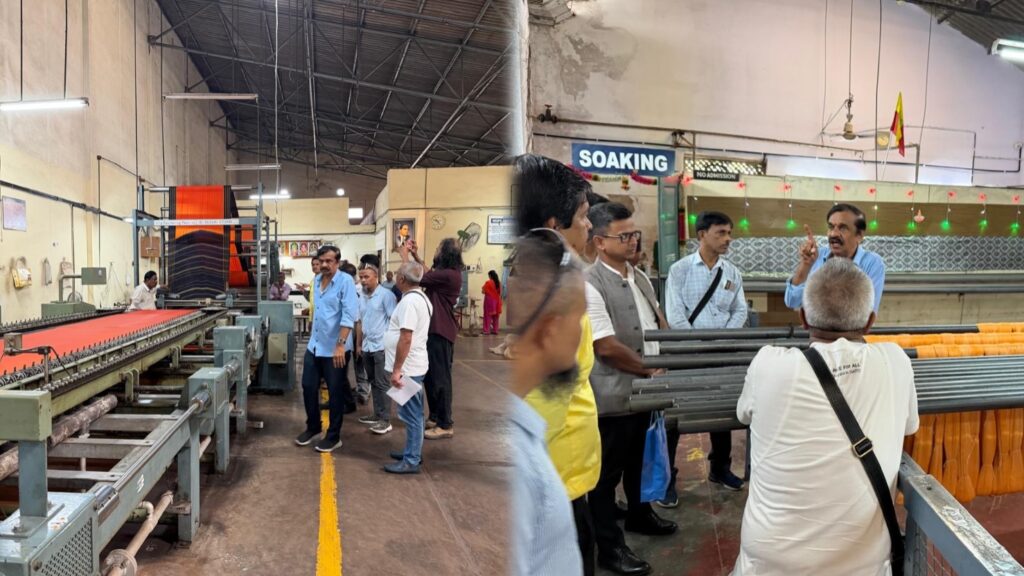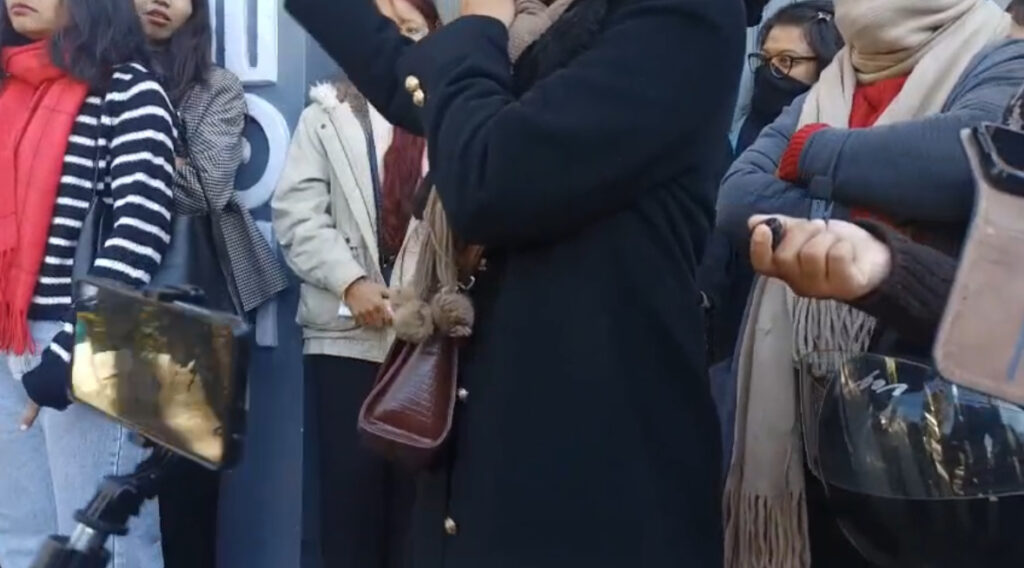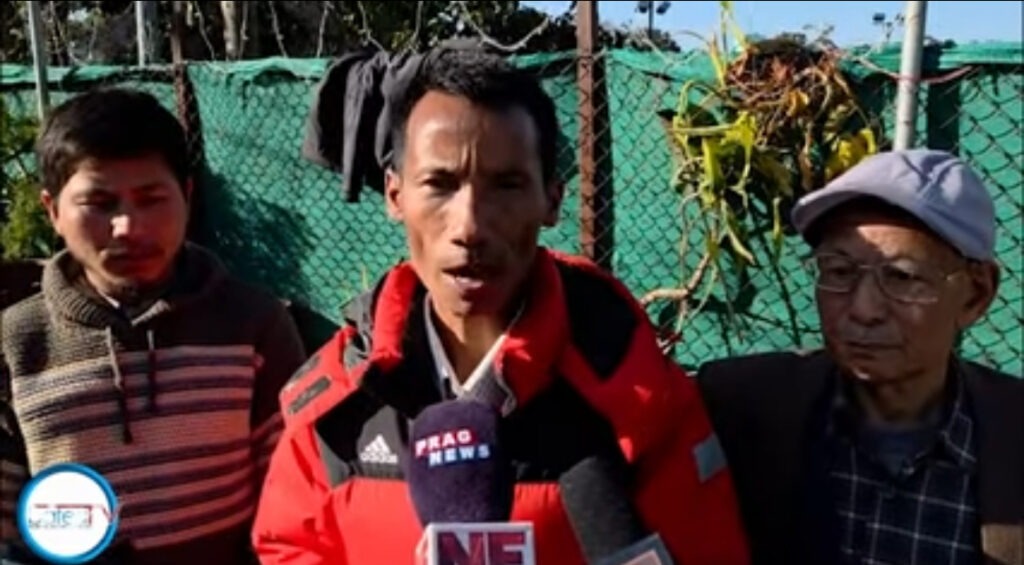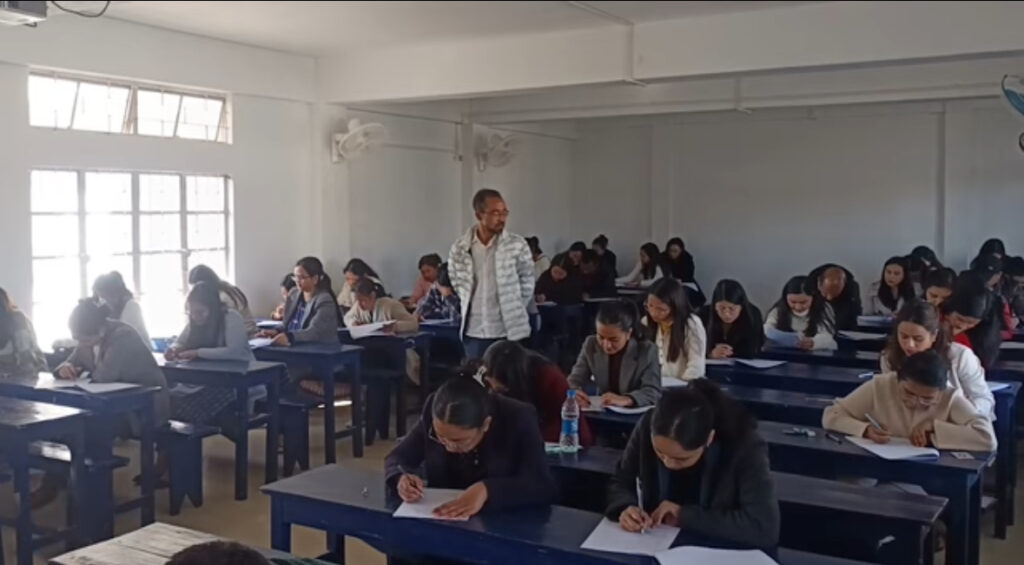Shillong, October 21 : A delegation of journalists from Meghalaya and Tripura, as part of the Press tour that was recently organised by the Press Information Bureau, Shillong, visited the prestigious Karnataka Silk Industries Corporation Ltd. (KSIC) in Mysuru. The visit offered the journalists an immersive experience into the legacy, craftsmanship and enduring popularity of Mysore Silk, one of India’s most iconic and luxurious handloom traditions.
The Mysore Silk Weaving Factory was originally established in 1912 by Maharaja Sri Nalvadi Krishnaraja Wodeyar to supply fine silk garments for the royal family. With a heritage spanning over 126 years, the factory today stands as a proud symbol of India’s textile excellence. Initially set up with just 10 looms, the unit gradually expanded to 138 looms over time. The looms and preparatory machinery, imported from Switzerland, were the first of their kind in India. After India’s Independence, the factory came under the management of the Mysore State Sericulture Department, before being transferred to KSIC in 1980, where it continues to function as a government enterprise.
During the factory tour, the visiting journalists were given a detailed and insightful walkthrough by Krishna Kumar, Dyeing Master at KSIC, who explained each stage of silk production. From degumming and eco-friendly dyeing of mulberry silk yarns to the delicate handweaving process involving real gold and silver zari, Shri Kumar’s explanations showcased the rich blend of traditional skill and technological precision that goes into every Mysore Silk saree.
The KSIC unit produces around 350 sarees daily. Each Mysore Silk saree is distinguished not only by its rich texture and vibrant colours but also by its use of genuine 22-karat gold zari. Depending on design intricacy and zari content, the sarees are priced between Rs 18,000 and Rs 2.5 lakh. The factory’s showroom in Mysuru draws large crowds daily, with customers often lining up early in the morning, leading to stocks being sold out within a few hours. This high demand is not seasonal but a regular, daily occurrence, underlining the brand’s popularity and trust built over decades.
While exploring Mysore Silk’s rich tradition, the journalists from Meghalaya also took the opportunity to highlight their home state’s indigenous silk, Eri Silk, also known as Peace Silk for its cruelty-free production process. Deeply rooted in the cultural and ecological fabric of the Northeast, Eri Silk is known for its breathability, sustainability and soft texture.
The visiting journalists discussed how Eri Silk could be made more popular and commercially viable across the country. They also noted that while Mysore Silk is a well-established and globally recognised brand, traditional silks like Eri have similar potential if given the right exposure and institutional support.
The journalists during the visit expressed that such tours offer a vital platform for cross-cultural exchange and help journalists gain a deeper appreciation for India’s vast and diverse handloom traditions. He added that showcasing these traditional industries not only preserves cultural heritage but also opens avenues for economic growth and sustainable development.








